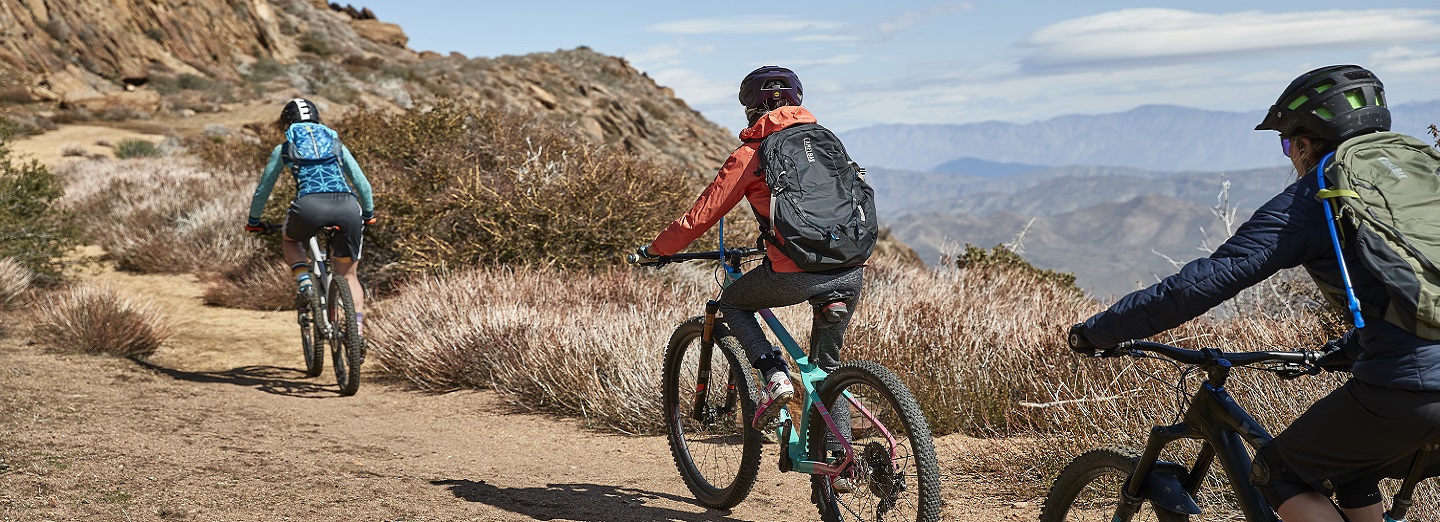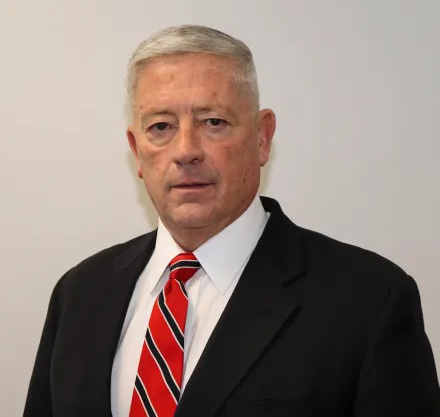
SUMMARY
Are you getting ready for your Philmont Trek and a summit of Baldy Mountain? Perhaps you live close to sea level and plan to hike the John Muir Trail in the Sierra Nevada range, Kings Peak in the Uinta range, or some 14ers in Colorado. These trips might result in symptoms or effects of acute mountain sickness (AMS), high-altitude pulmonary edema (HAPE), or high-altitude cerebral edema (HACE), which if untreated could result in death. As altitude is gained, air grows “thinner,” and less oxygen is inhaled with each breath.
GENERAL INFORMATION
Acute Mountain Sickness (AMS)
-
Have you recently arrived at an altitude of 6,000 feet or higher? Look for signs of AMS, such as headaches, loss of normal appetite, nausea (with or without vomiting), insomnia, and an unusual weariness and exhaustion.
-
The treatment is to descend or to stop ascending and wait for improvement before going higher. Continuing to ascend in the presence of symptoms is not recommended. If the illness progresses, descent is needed.
High-Altitude Cerebral Edema (HACE)
-
Be watchful for loss of coordination (e.g., an inability to walk a straight line or stand straight with feet together and eyes closed).
-
Signs and symptoms of HACE often include a severe headache unrelieved by rest and medication, bizarre changes in personality, seizures, and coma.
High-Altitude Pulmonary Edema (HAPE)
-
HAPE symptoms often appear initially as a dry cough, soon followed by shortness of breath, even at rest. Shortness of breath becomes more pronounced and may be accompanied by chest pain as fluid collects in the lungs.
-
The cough may become productive with frothy sputum early on that may turn reddish.
PREVENTION GUIDELINES
Preparation: Discuss your planned climb with your health care provider while undergoing a pre-participation exam (Part C of the Annual Health and Medical Record). Improve your fitness with regular hikes while carrying a load in anticipation of your climb.
Staged ascent: If possible, your first camp should be no higher than 8,000 feet. Increase no more than 1,000 to 1,500 feet per day. When starting out higher than 9,000 feet, spend two nights acclimating to that altitude before proceeding higher. Proceed higher during the day, but return to a lower elevation to sleep (climb high, sleep low).
Appropriate exercise level: Until acclimated, exercise moderately, avoid intensity, and be alert to shortness of breath and fatigue.
Hydration: To offset increased fluid losses at high altitudes, stay well-hydrated.
Evacuation: Stop ascending until AMS symptoms resolve. If you suspect the onset of HACE or HAPE, evacuate rapidly to a lower altitude (descending at least 1,000 to 1,500 feet) and get evaluated by a physician as soon as possible.
RESOURCES
- Medical Risk Factors
- National Library of Medicine Acute Mountain Sickness
- Centers for Disease Control and Prevention, High Elevation Travel & Altitude Illness
- Fieldbook (available at scoutshop.org)







